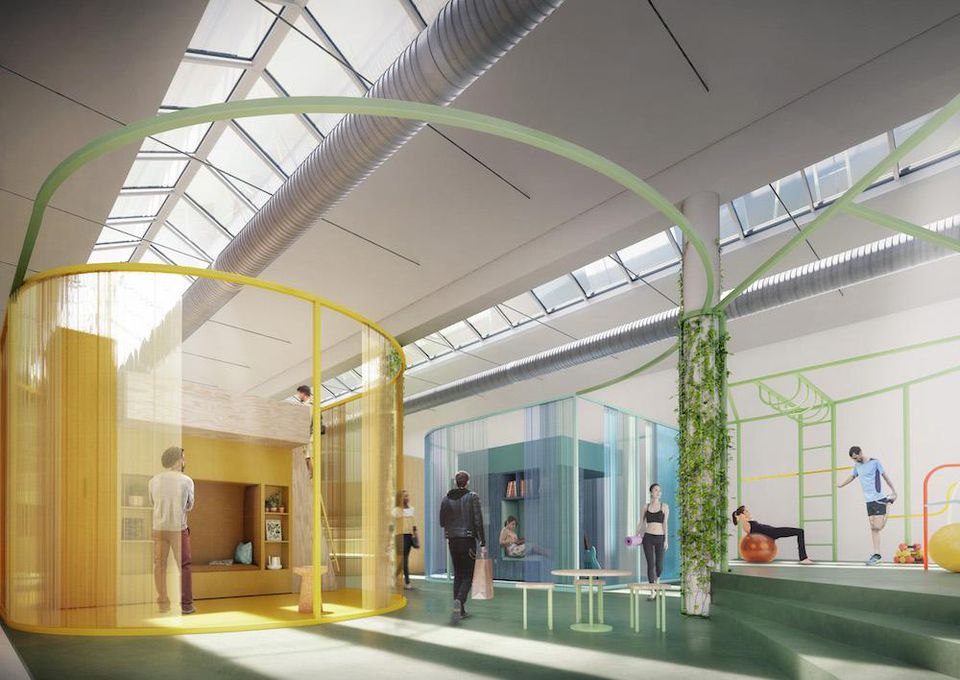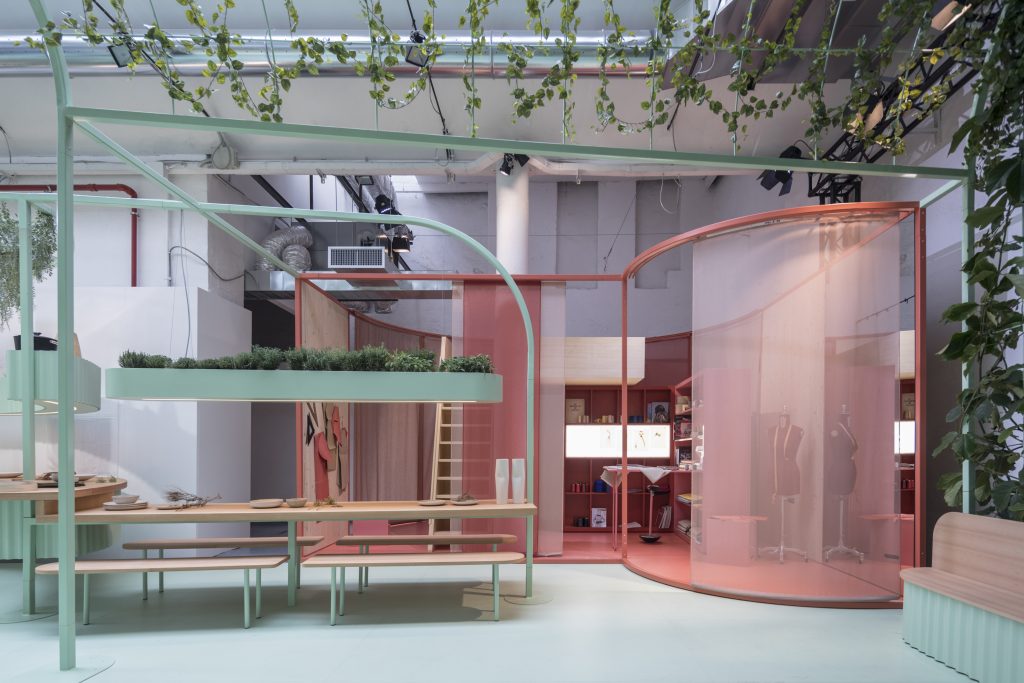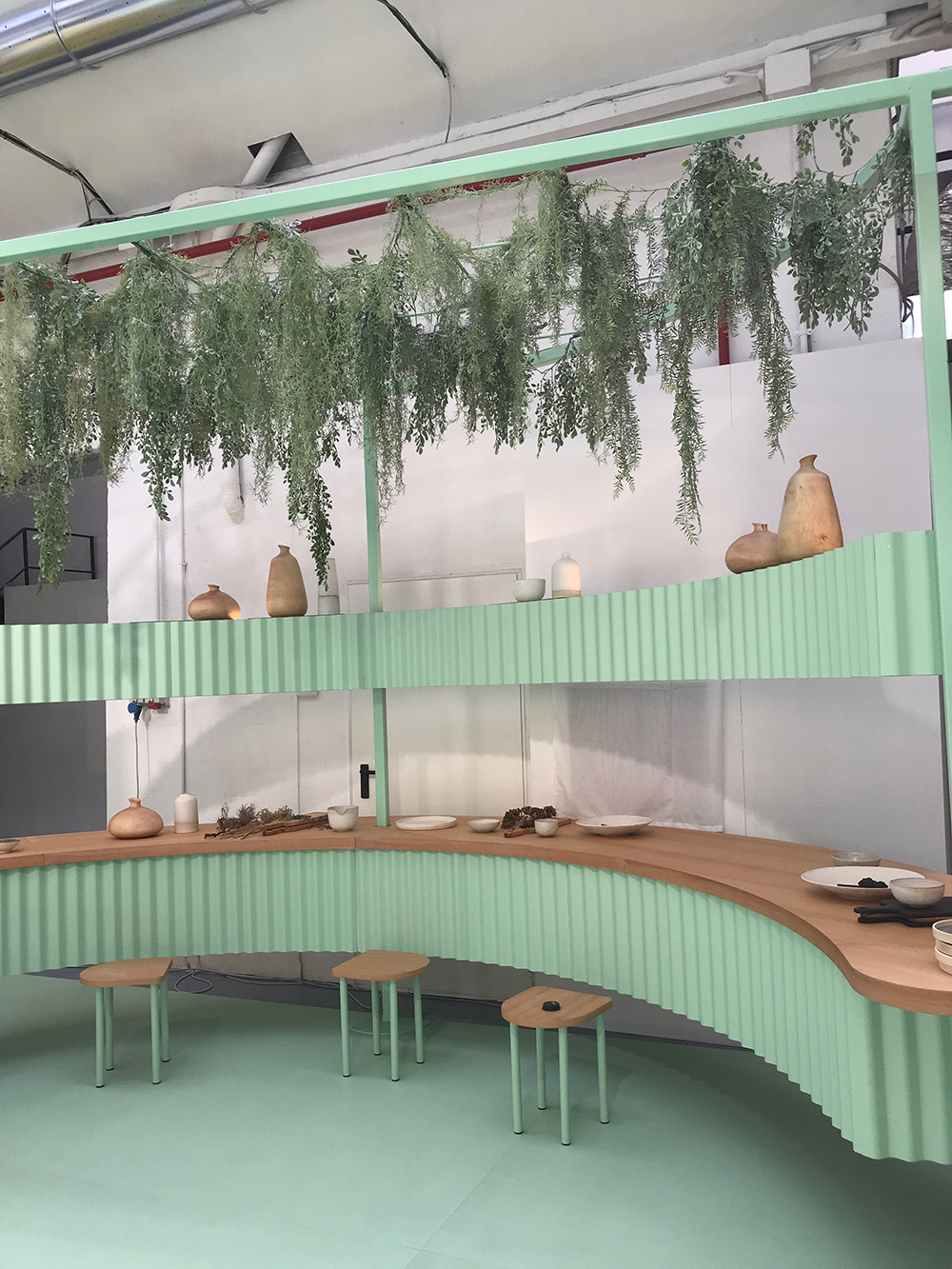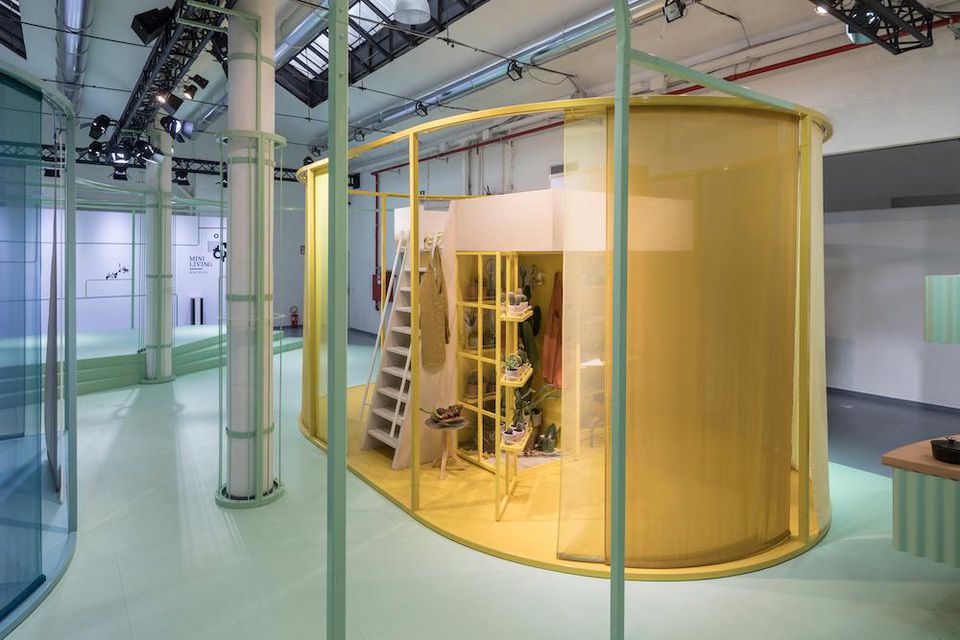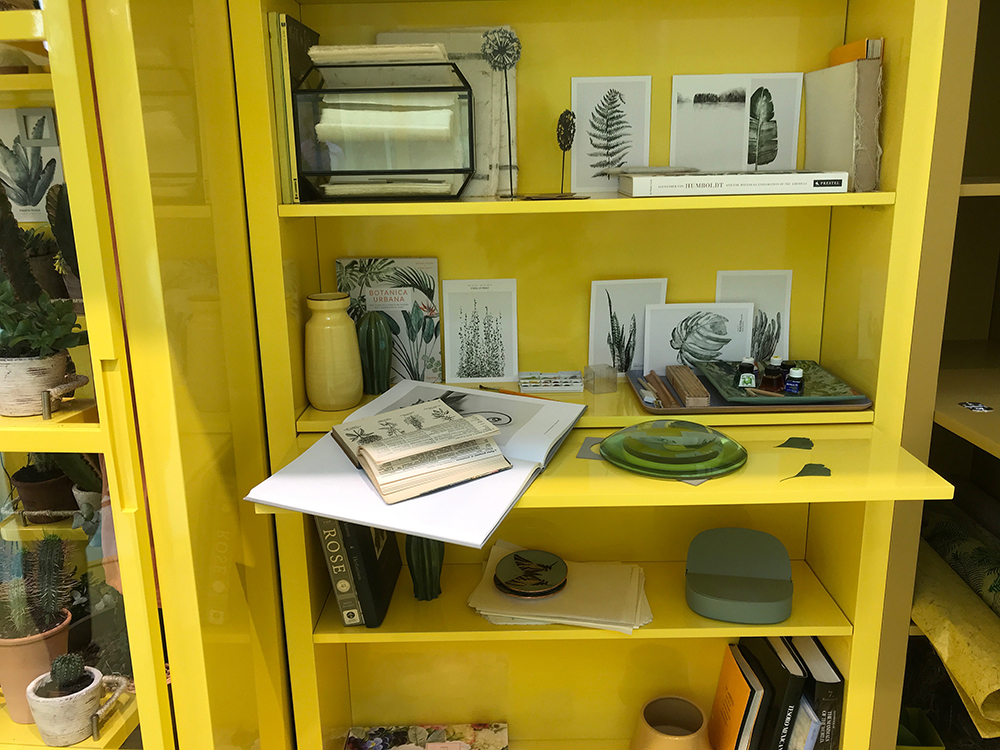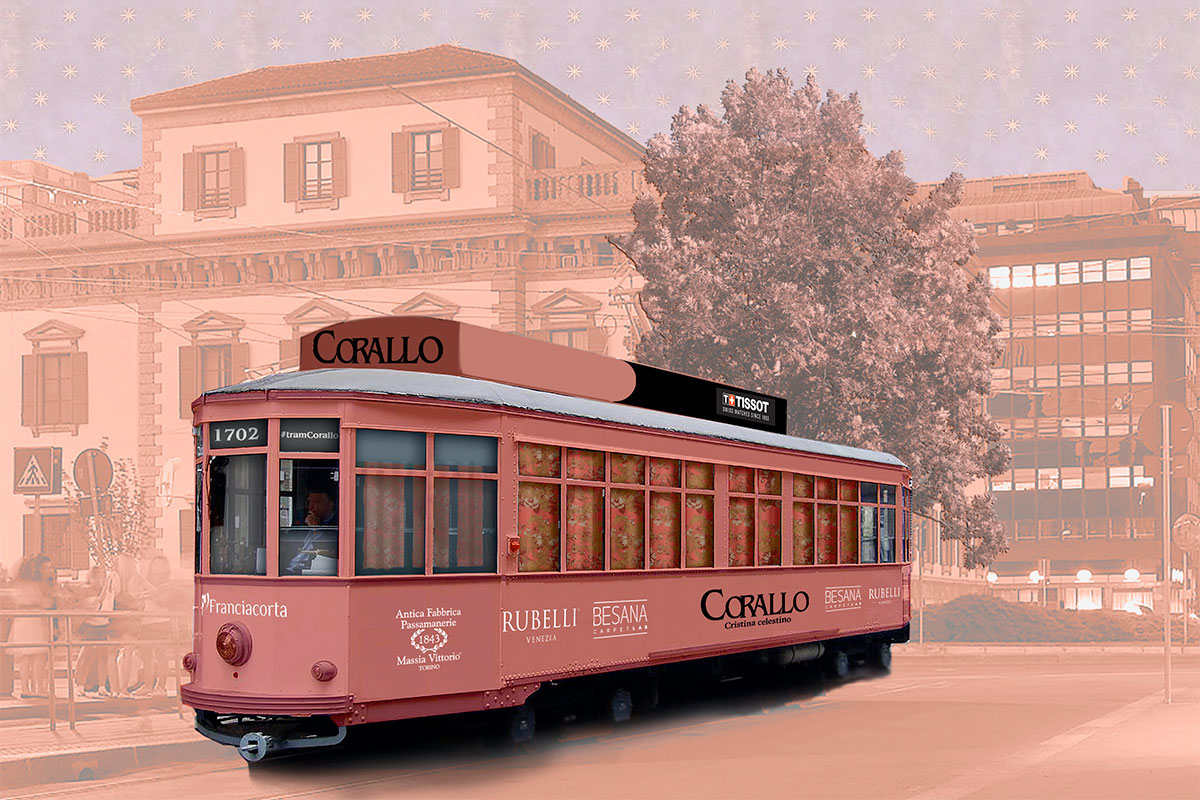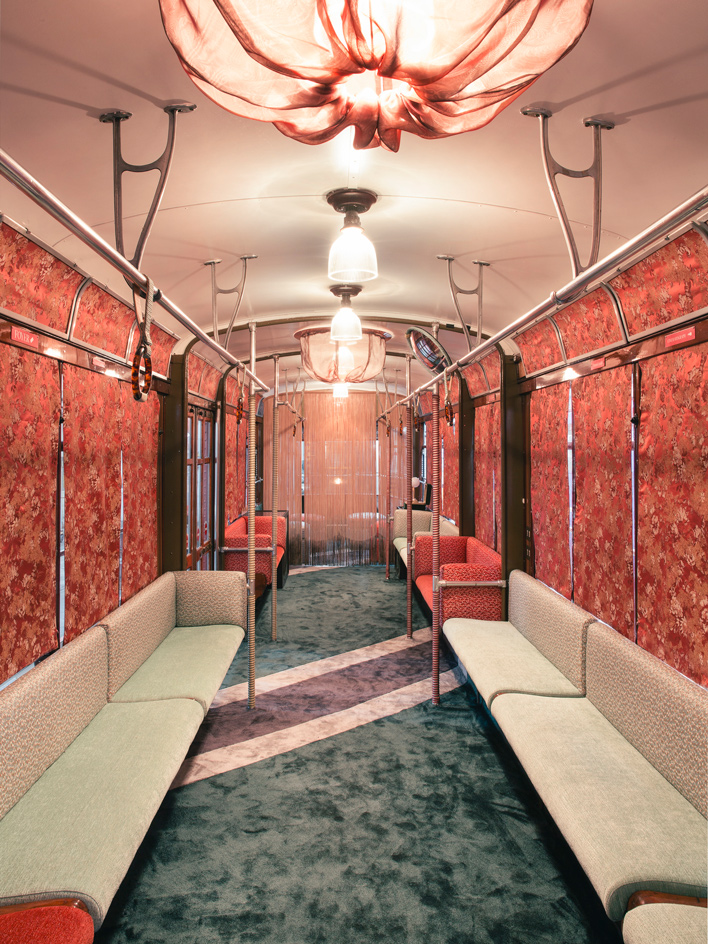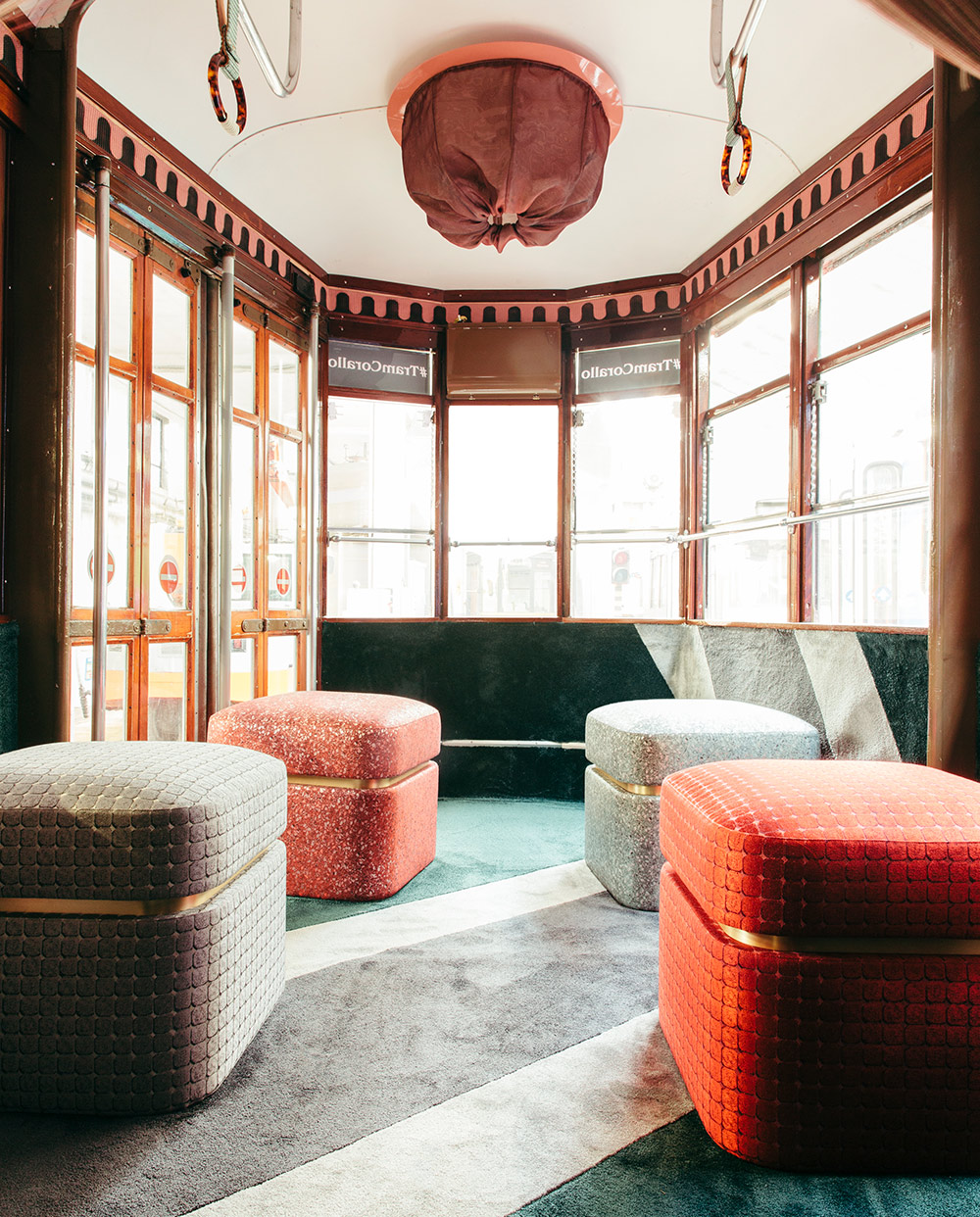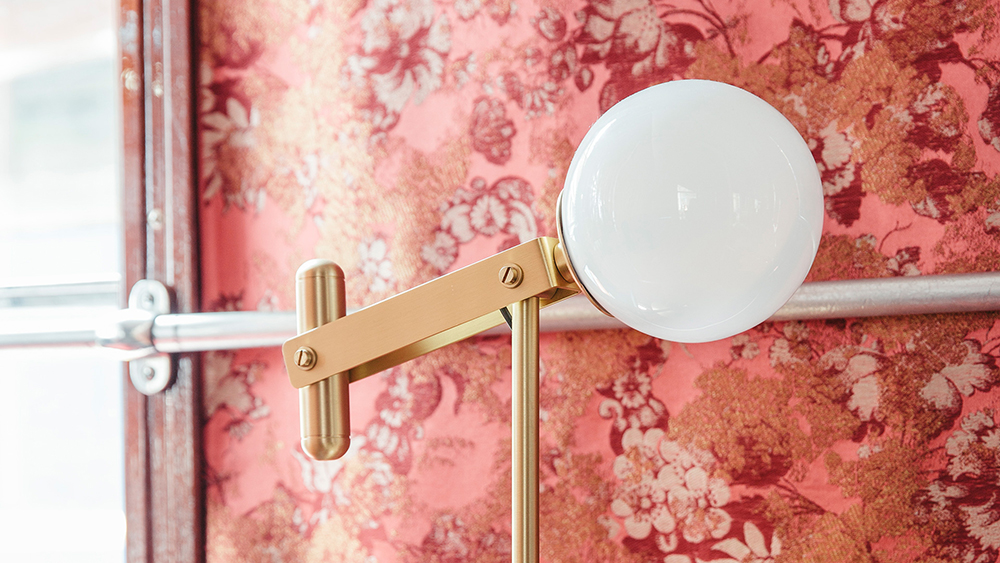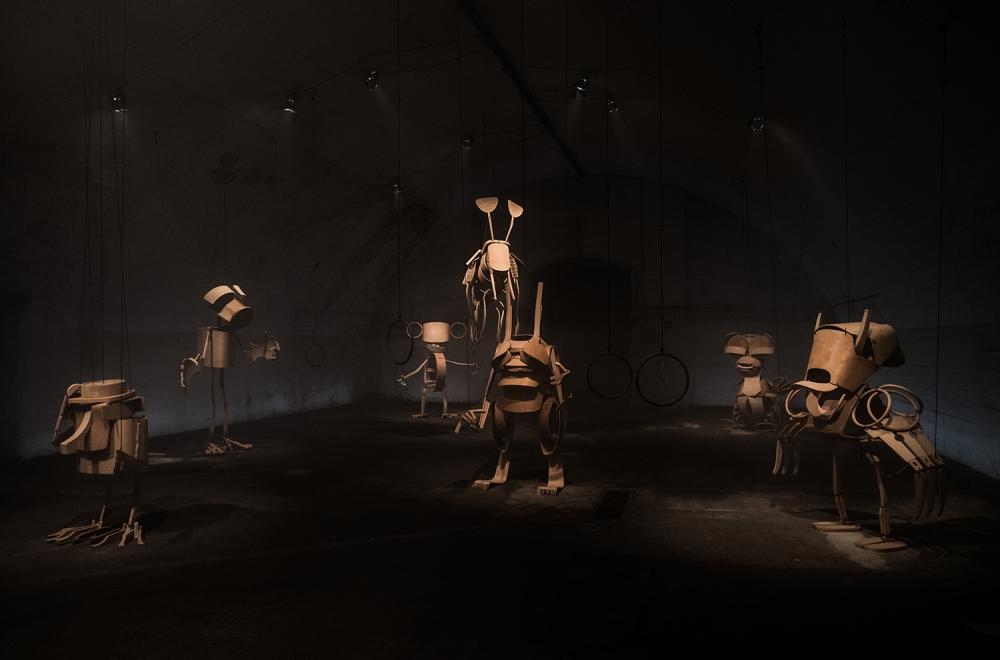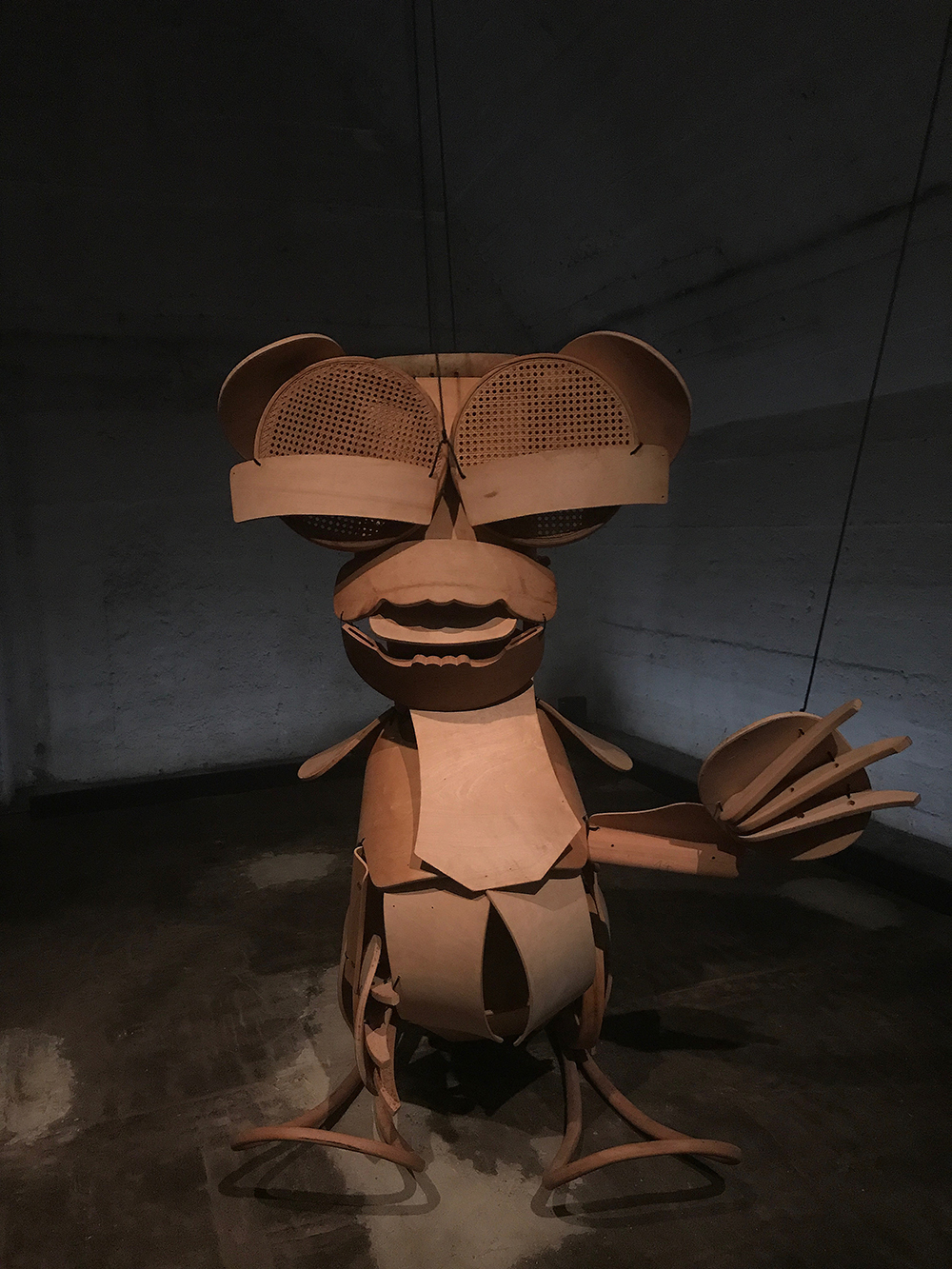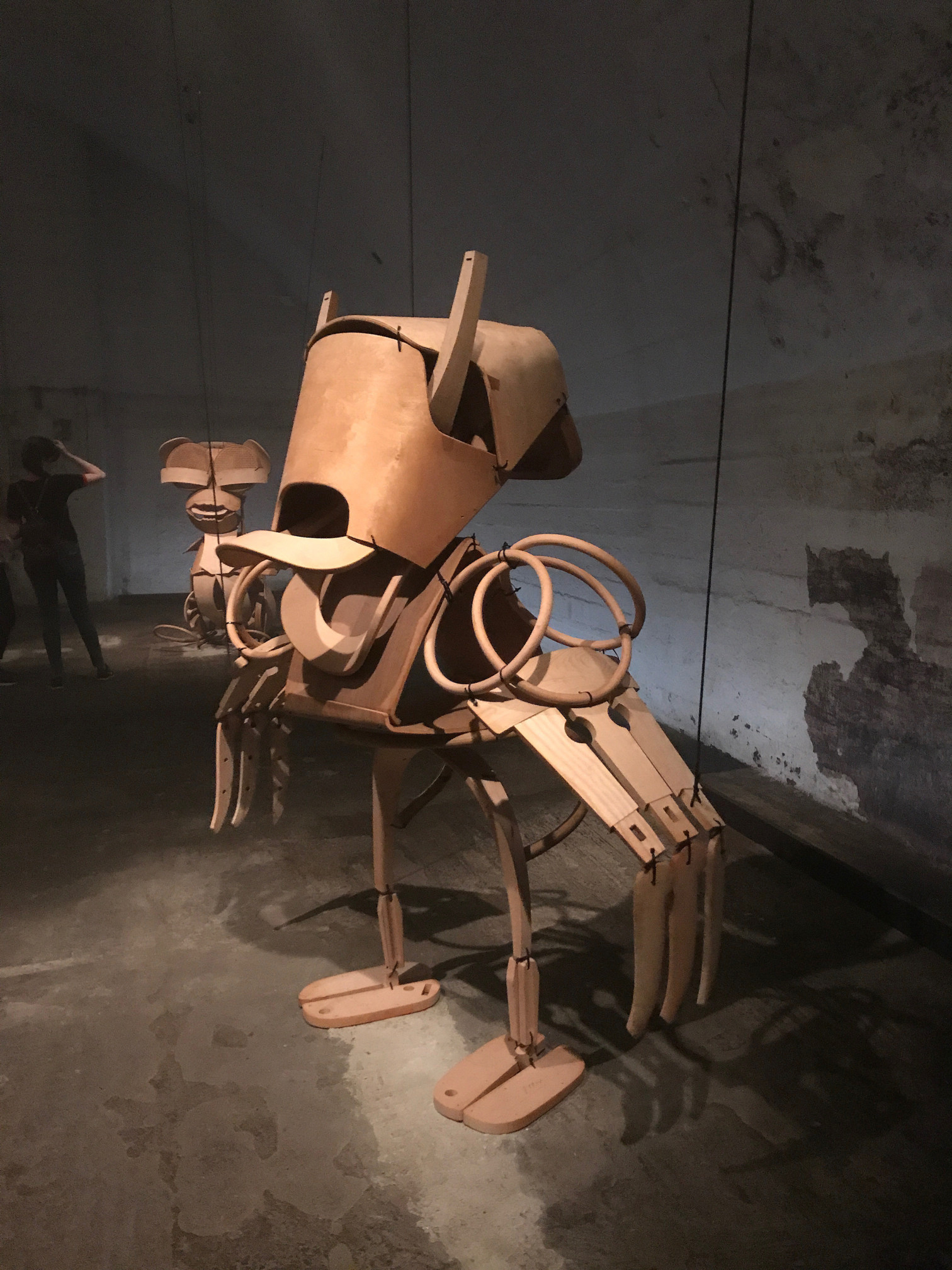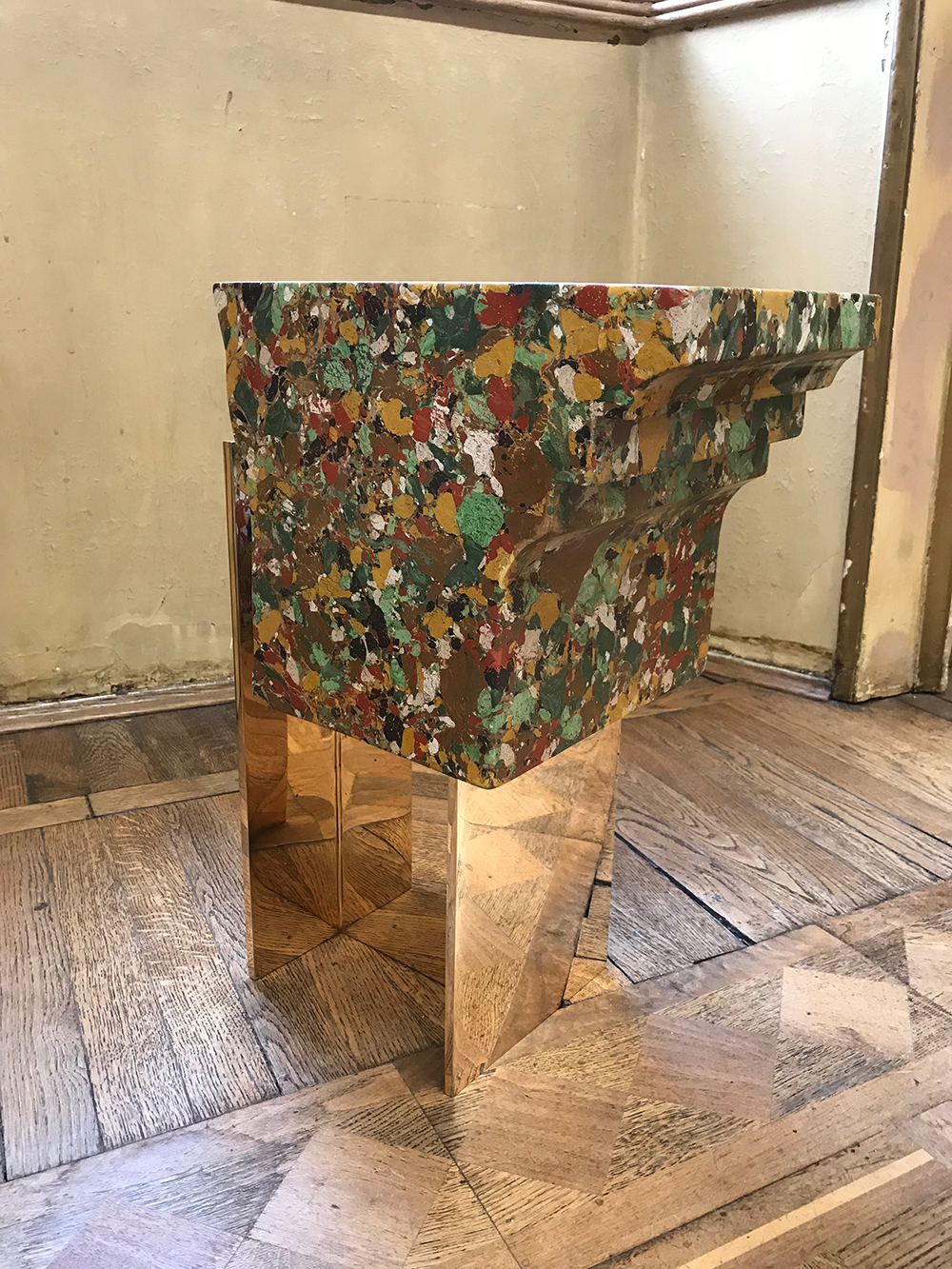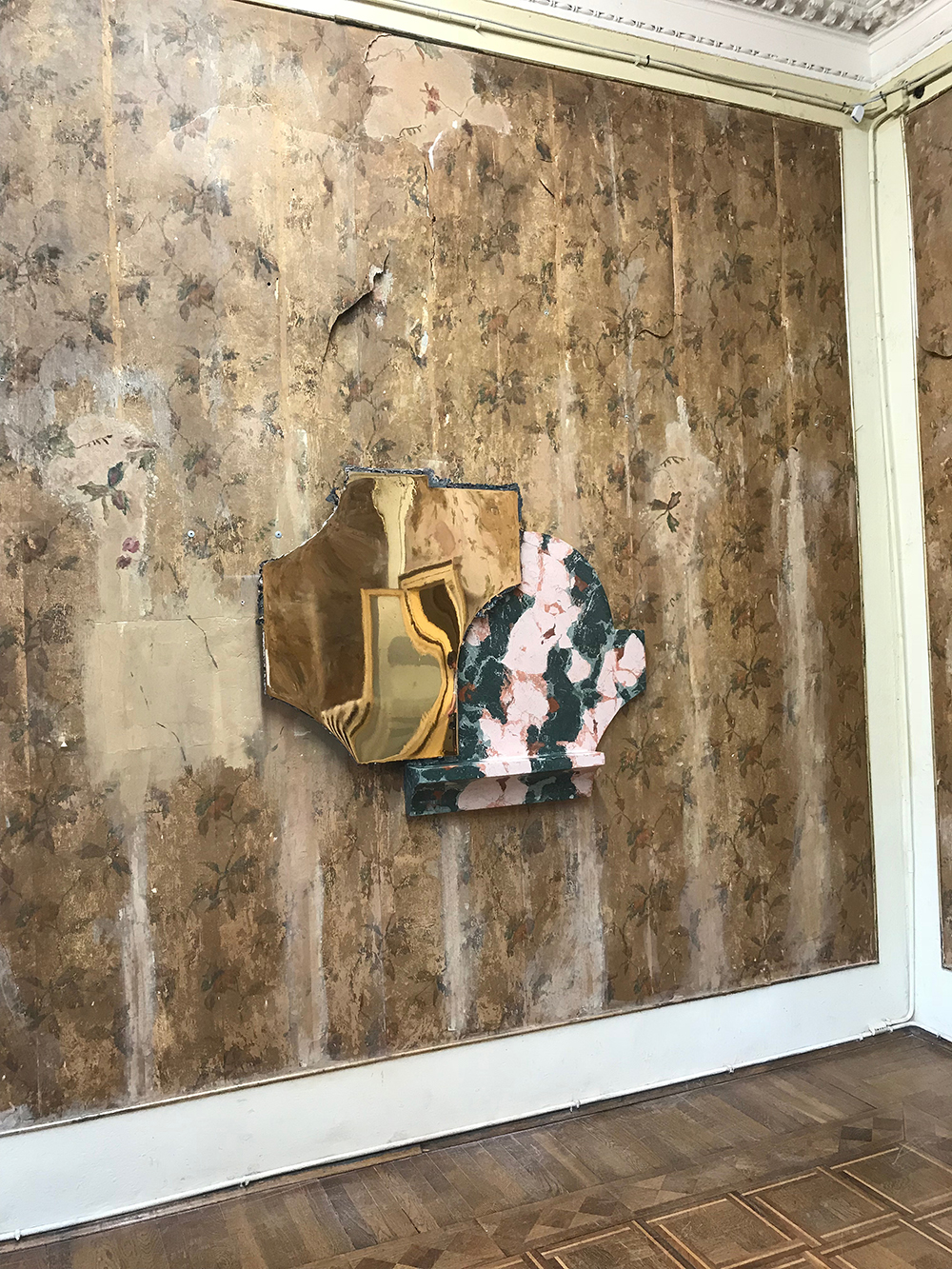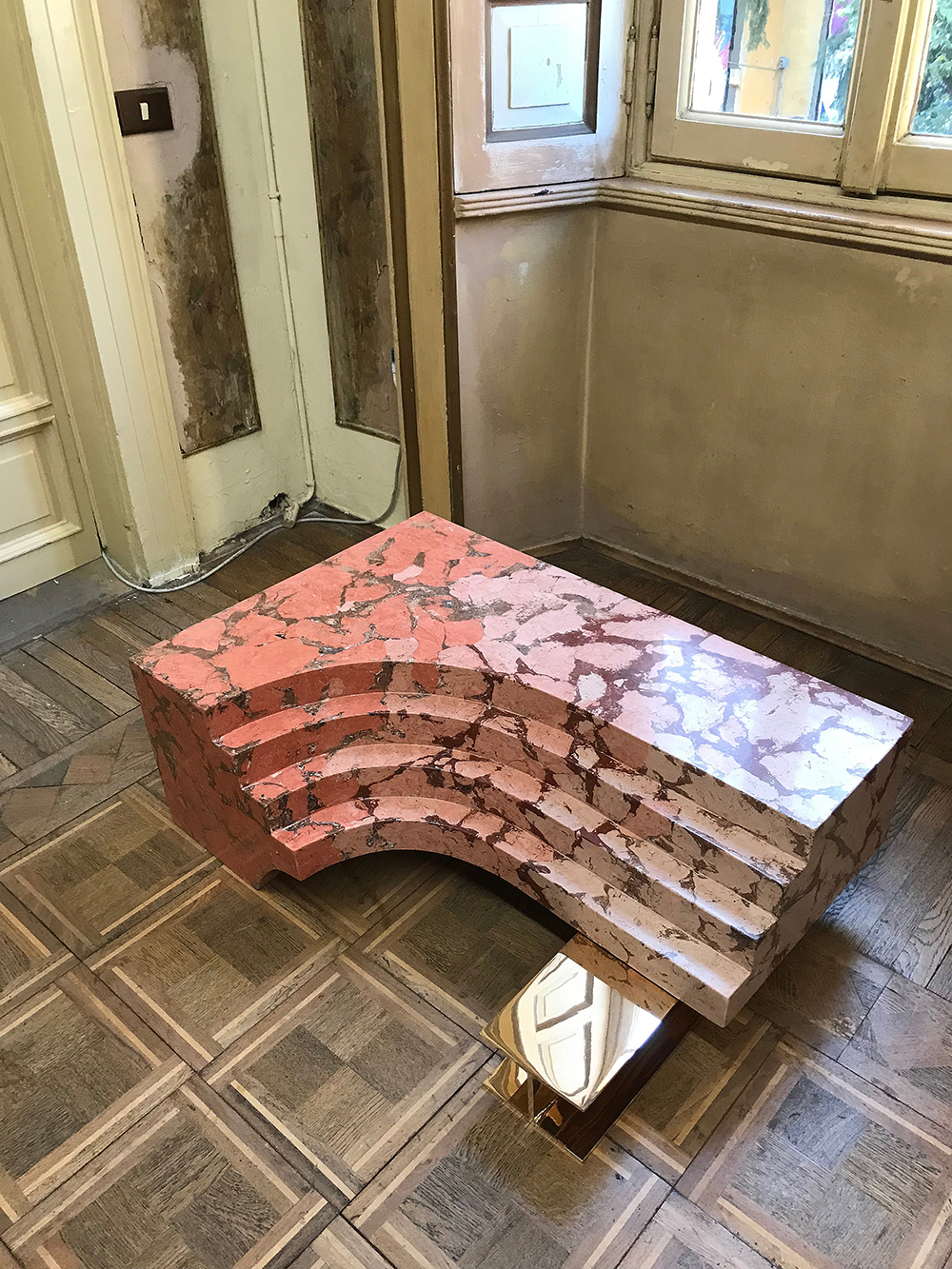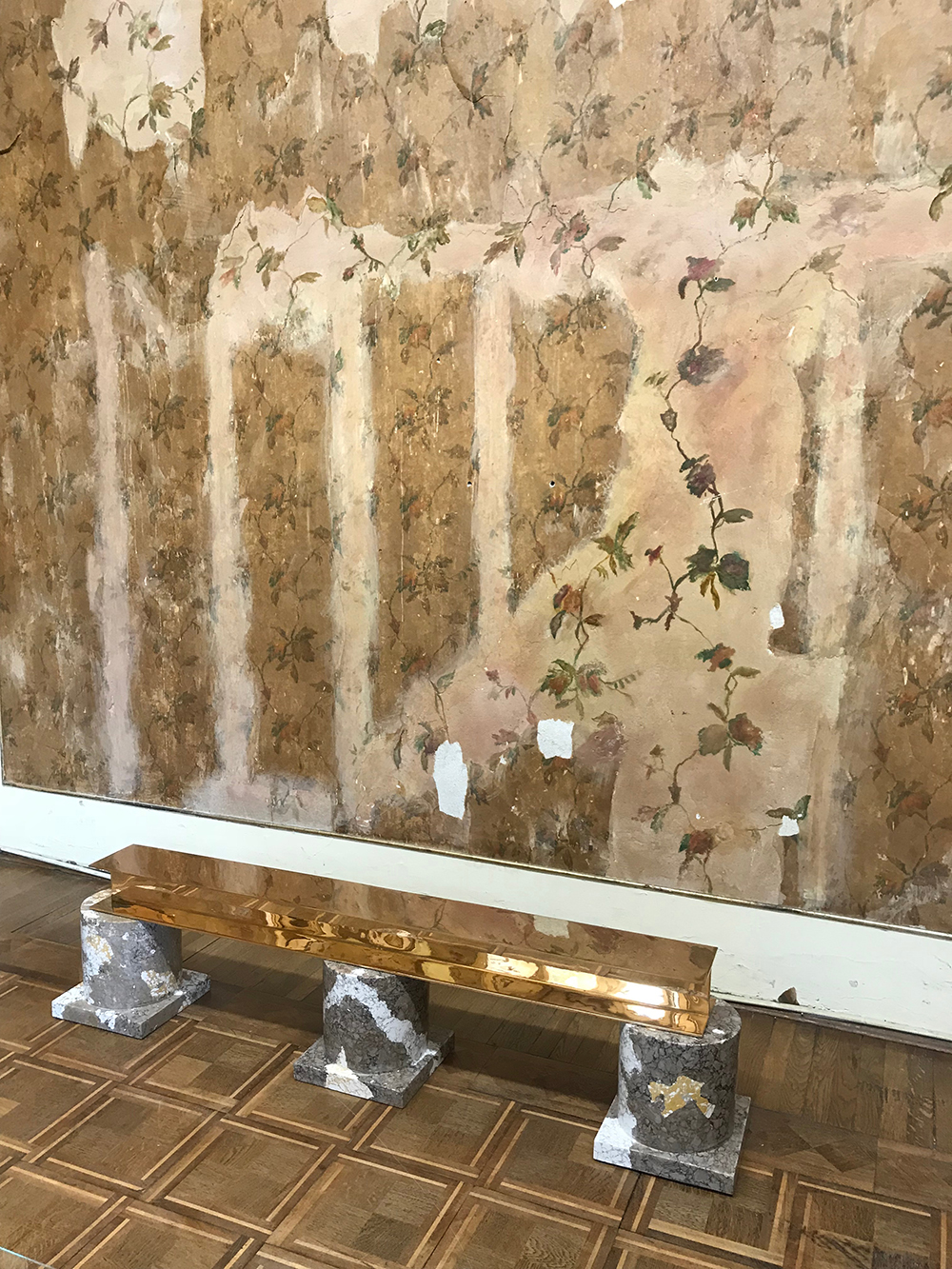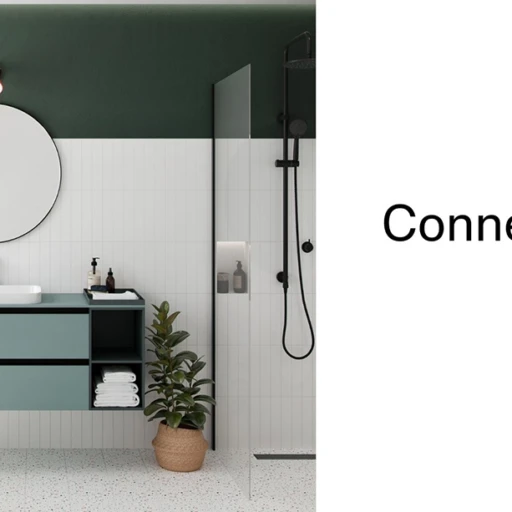Choosing 4 projects from Milan Design Week 2018 which have their own message and who perhaps offer something more than just an amazing aesthetic is not an easy task.
The four installations I’m going to share below stand out for the following reasons:
- The tram could be considered a travelling installation, paying homage to one of the most iconic elements of Milan
- It would impossible to design a more minimalistic, archaic, but at the same time interactive and significant paying homage to the chair.
- We’ve seen marble furniture and accessories at the conference and Off-Salone for years. It’s surprising and refreshing to learn that not everything that glitters is gold, but rather that there are very capable artisans that work with centuries-old technique that results in a perfect marble imitation.
- How will we be able to live individually and collectively, but also flexibly, in the future? MINI LIVING presents us with a visionary project which is easy to implement.
1// Corallo Tram by Cristina Celestino
One of my favourite Italian designers has given us a project which stands out for being a “moving interior” and which has been the subject of much talk.
Cristina Celestino has transformed a tram which dates back to 1928 into a “mobile sitting room” in collaboration with the textile company Rubelli. Imagine a surreal room on rails, which brings to mind the aura of a Wes Anderson film.
Celestina, called the Brera Ambassador, was inspired by Coral cinemas and created an interior divided into two areas.
The hall, which is the main area, mimics a soft and encompassing waiting room with velvety couches, windows covered in thick Rubelli curtains which are visible from the outside, and soft rugs.
The back part of the tram is where the intimate projection room is located behind a curtain with trimmings. Here, visitors can sit comfortably on ottomans and experience an unexpected film perspective in the city of Milan.
2// Giants with dwarf by Stephan Hürlemann for horgenglarus
Giants with dwarf by Swiss designer Stephan Hürlemann was one of the most interesting installations at Milan Design Week. Hürlemann and his team gathered 30 pieces from tables and chairs from the horgenglarus furniture collection to create seven wooden puppets that were up to three metres tall.
The installation, which was part of the Ventura Centrale exhibition, plays with one of the archetypes of design, the chair, and allows visitors to physically interact by pulling on a ring that hung down in front of the puppets and which moved pieces such as the arm, eyebrows, or mouth of the giants.
Some of the wooden pieces that came from the archives of the Swiss design house were more than one hundred years old and were connected by cables, preserving their archaic charm.
Design Week this year offered more than one interactive installation, which was something I really appreciated because it is different to the traditional “observe and read” process and makes the experience more memorable.
3// Ruins by Roberto Sironi
Canadian gallery owner Nicolas Bellavance-Lecompte proposed a collective exhibition for contemporary international designers and their new works of collectable designs in one of the most iconic buildings that always offers extraordinary content during this event.
On this occasion he asked eight international designers to produce something without taking context into account.
Today I would like to highlight Ruins by Roberto Sironi. I have followed this Italian artist for the last three years and the versatility of his work never ceases to amaze me. The link between all of his ideas lies in the research they require in their different aspects, from rituals and anthropological references to collective memory.
With Ruins, Roberto Sironi takes us to an imaginary place as his ruins have not been created using real marble, but rather are made of a coloured plaster that was put forward to the Tsar of Russia when he wanted to restore a large part of the Winter Palace in St Petersburg in the 18th century.
Italian artisans, who have been working with marble and less expensive alternatives for centuries, use a marble substitute of extraordinary quality whose technique has survived all these years.
Sironi paid homage to some types of marble that are no longer available in his exhibition, as we can see in the first image below.
4// Built by all by MINI LIVING
Taking into account that we are becoming more and more nomadic (a macrotrend from the last 5 to 10 years), the next installation is a good fit for this new lifestyle.
The Danish studio Studiomama has transformed an industrial space into a dynamic community living space for MINI LIVING. Each living space is equipped with a totem, a highly individualised and integrated piece of furniture, and provides inhabitants with the opportunity to choose when to open and close their doors. The housing is modular, making it easy to assemble and dissemble.
Private and communal areas are divided, but linked. The shared spaces include the kitchen, garden, gym, and an atrium.
The installation combines collaborative design and personal expression using modular and adaptable systems. The brand believes that large communities should be constructed by everyone.
If you’re wondering what the car maker MINI has to do with a living space concept, here’s the answer from the brand itself:
“MINI LIVING is a translation of our key principle, the creative use of space, into real solutions for how we live, work and interact in our cities. Working with a small footprint in mind, we seek to answer these challenges in a way that combines our design knowledge with the spirit of experience – and fun.”
We are living in a time where today’s standard housing market has a limited capacity to fulfil the needs of the individual. Ideas like this will help people become active creators and puts them at the heart of the design process.
